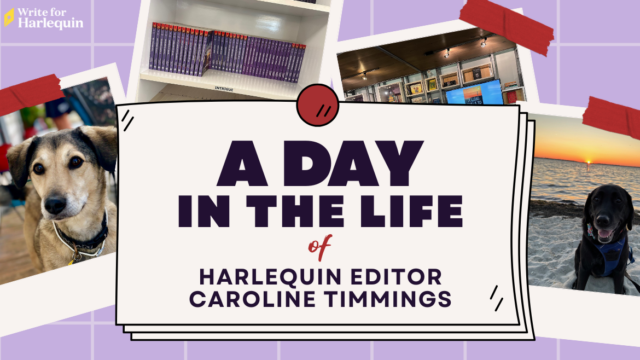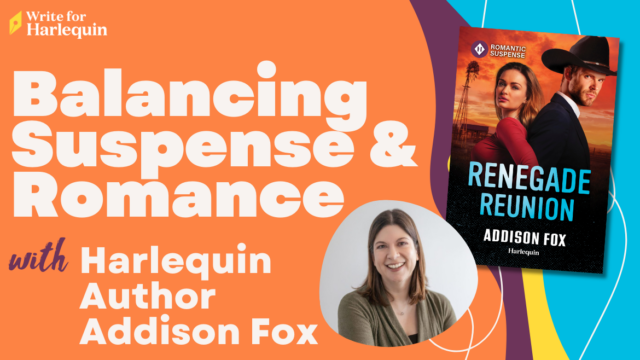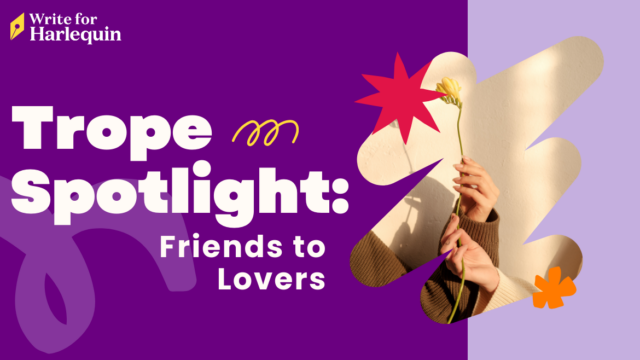by Patience Bloom
Shall we state the obvious first? The ending of a romance novel must be happy. No surprise there. If we know the ending already, why do we keep reading the story? Because over the course of the book, the reader becomes invested in the characters and their unique journey. The road from Point A to Point B is rocky. That marriage proposal, surprise baby, decision to date, or giddiness from romantic possibility is a satisfying reward for the trip with this hero and heroine. It’s an intimate experience, rendering a reader dizzy with hope.
So, you might conclude that this happily ever after thing is predictable. It sure is. It has to be there. From the beginning, readers know the characters will be together. It’s why they pick up the story in the first place. For a romance to work, you need to plant the seed of doubt. Doubt and anxiety over whether or not the hero and heroine will wind up together are key.
Here’s how you do it: Make us believe that it’s too late for these characters. They’ve gone through so much. Not only do they doubt the other’s love, but aren’t they tired? Relationships take so much work and, even though they have this amazing chemistry—which neither can ignore—they are beyond hope for a successful romance. There’s the possibility, too, that he won’t save her at the end. She will just die because the hero didn’t figure out that the villain took her to his parents’ summer cabin. Cruel fate will tear them apart, and they will go their separate ways. It happens every day, those missed connections. The heroine might decide not to tell the hero about her baby because, well, she knows he’ll be a bad father. Whatever the source for doubt, you need to leave the reader hanging off a cliff, suspended over the distant creek before pulling her back to safety and that blissful, romantic ending.
There are many ways to end the story. Some effective HEAs are as follows:
I Realize Suddenly that I Love You: This declaration goes against the scene’s mood. In casual wear, Harry crashes a fancy party and yells at Sally that he loves her even though they are both insane. They are perfect for each other. Darcy shows up when the Bennett household has settled down and an appropriate number of daughters are engaged. You’d think Darcy would have just disappeared after Lizzie refused him and her little sister eloped. Plus, a life of cross-stitching and intellectual fulfillment isn’t the worst thing that can happen to a girl. The “I love you” from someone who never says that kind of thing, well, it’s powerful. No wonder Jane Austen’s words resonate to this day.
I Love You But Go Away: What the hero and heroine experienced was so intense. Too intense. They love each other but need some time apart. They misunderstand the other’s intentions and vow not to see each other. One of them needs to come back and beg because he (usually the hero) is so miserable without her—but make it unexpected somehow or, at the very least, achingly romantic. Begging is good. The purpose of this ending is to show the point of no return. After experiencing true love, there is no going back to life before.
You Saved My Life and I Love You: For more suspenseful lines, the ending involves some sort of rescue or escape from danger. You should avoid the clichés — like he finds her at just the right time—from a random tip or she left her cell phone on–and proposes to her as she’s being carted away on a stretcher. If you have some of these elements, find an even greater surprise for your readers.
I Love You Even Though You’re Strange: This ending can be combined with others. It is basically the Bridget Jones/Mark Darcy loving-just-as-you-are declaration, especially good with paranormal stories, but relevant for all. Your characters should be vibrant and interesting, perfect for each other. At the heart of this romantic declaration is the knowledge that these characters accept one another, warts and all.
Whatever you do with your ending, try as much as you can to make it less predictable. And remember, everything that comes before the end informs your ending. You want to dazzle your readers, give them that extra shot of happy feelings. There’s nothing like a great ending to make a reader’s day.
Now it’s your turn.




